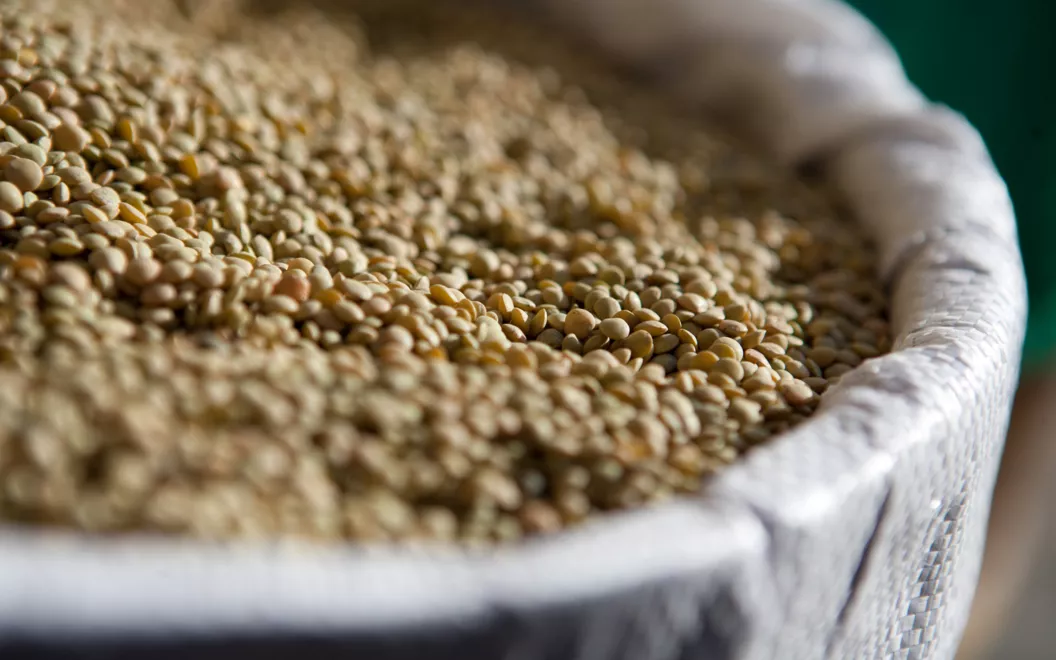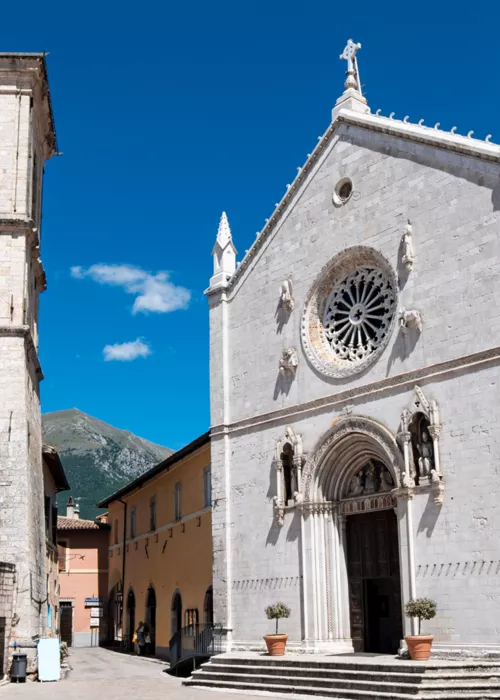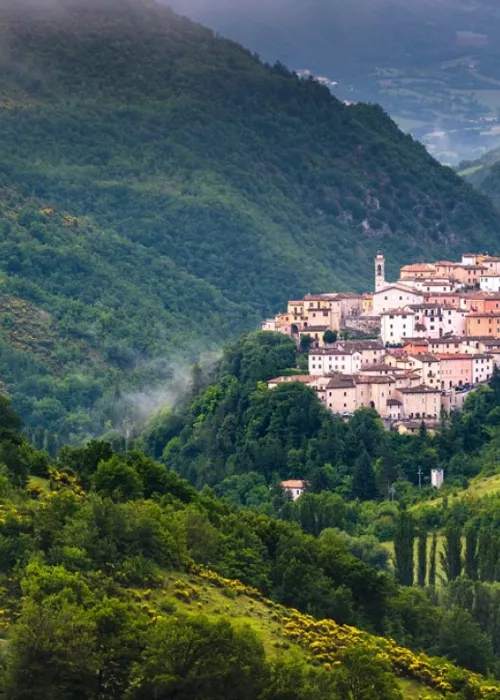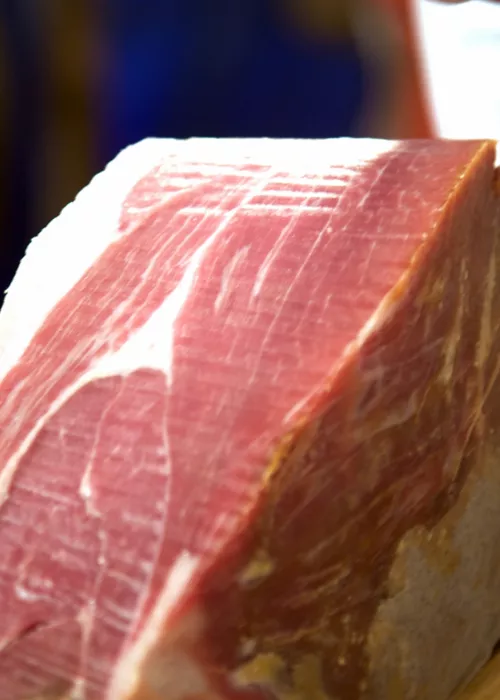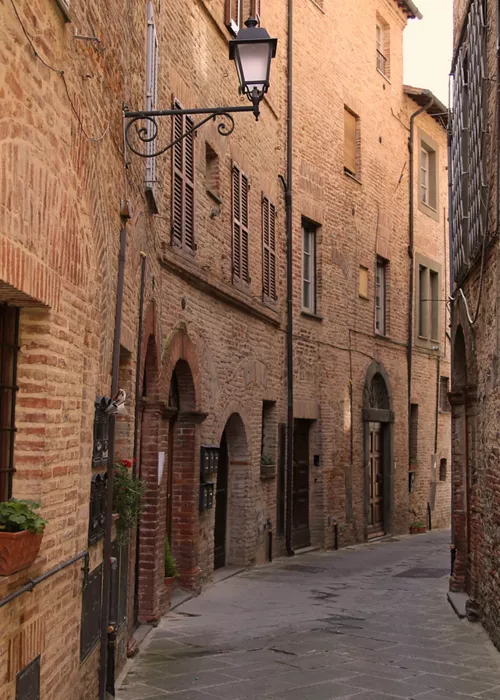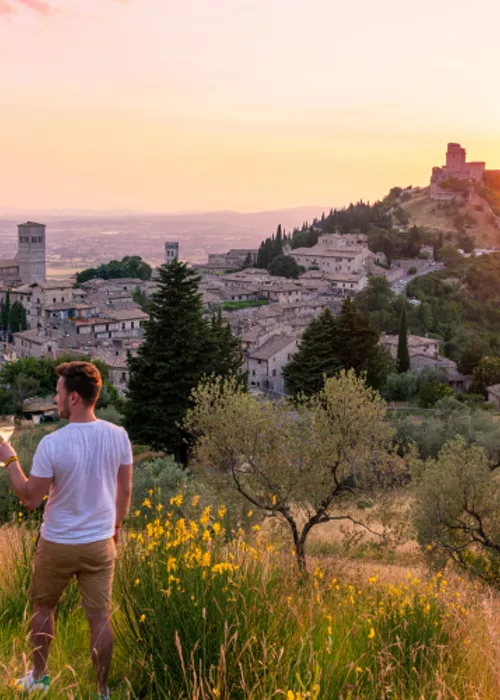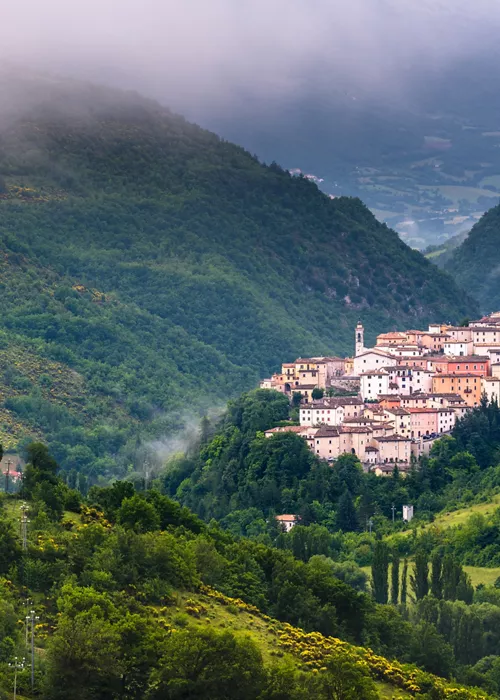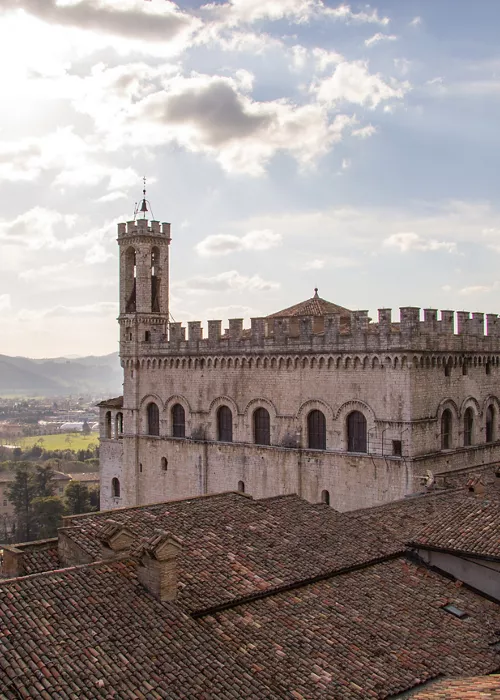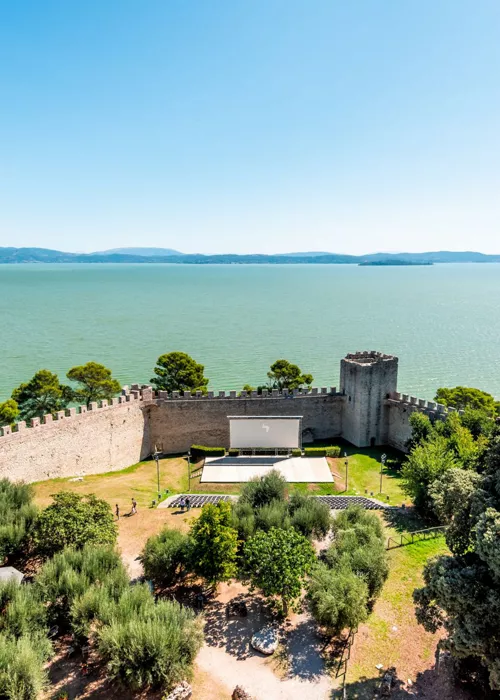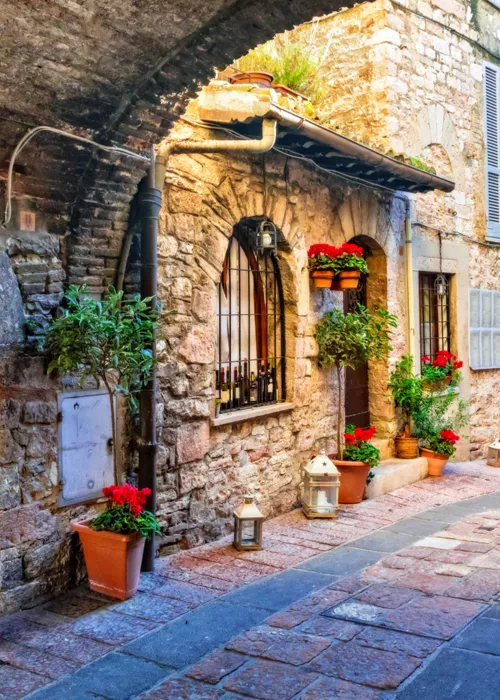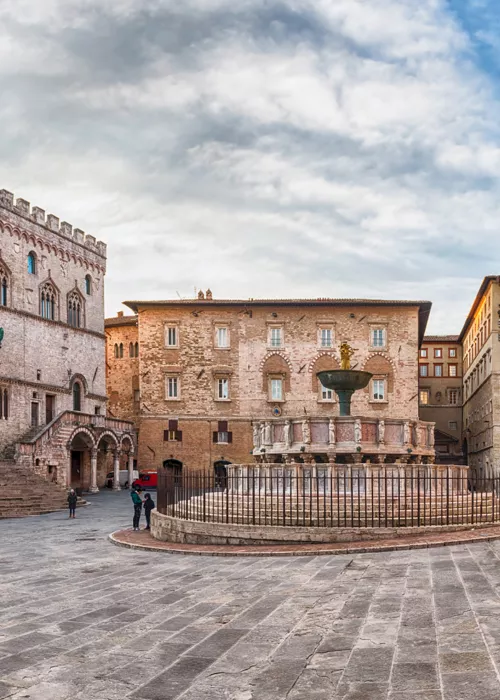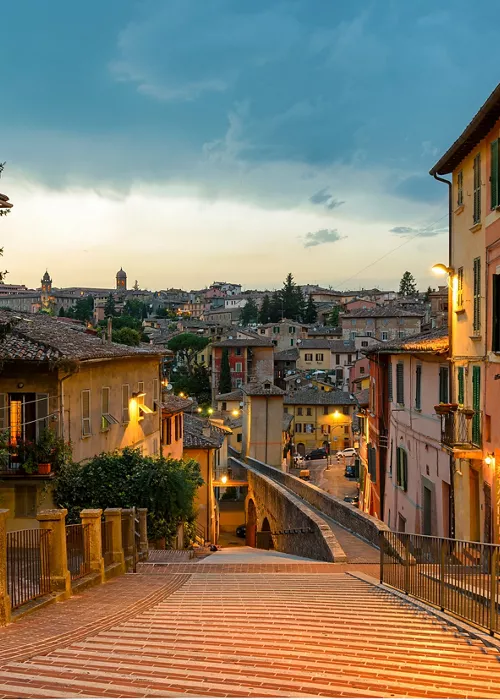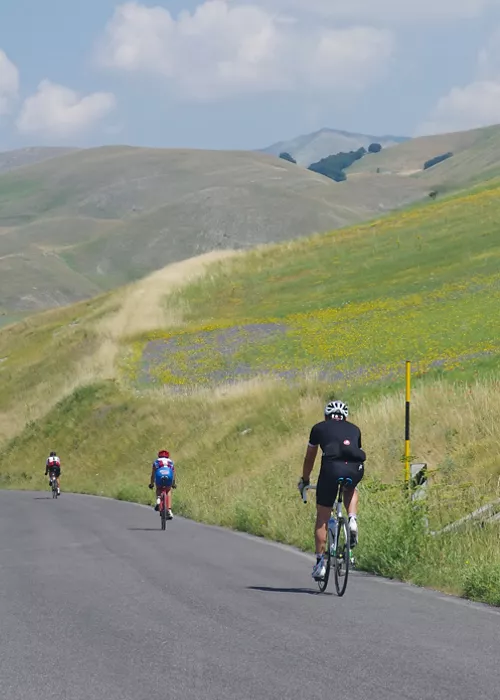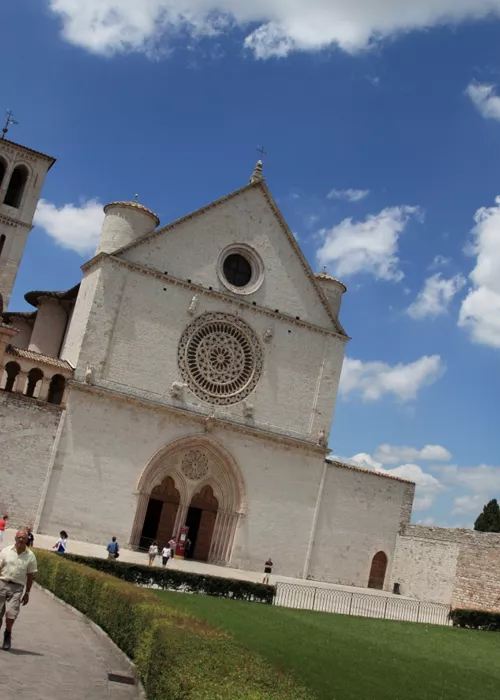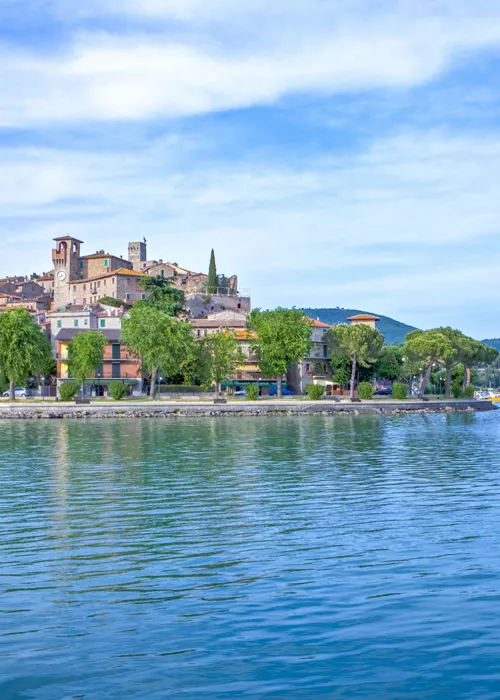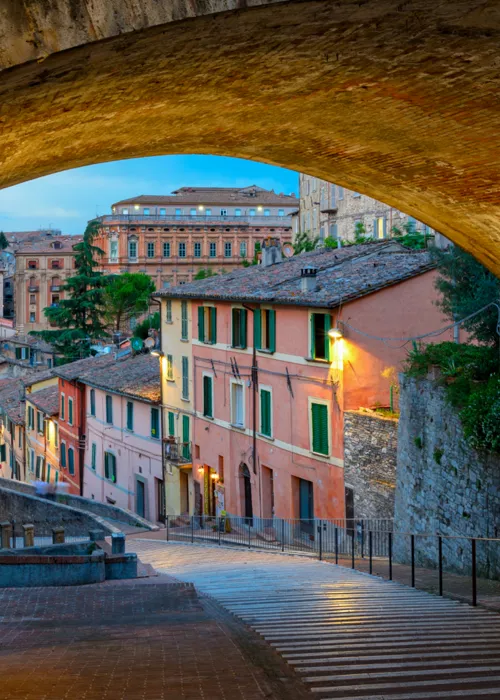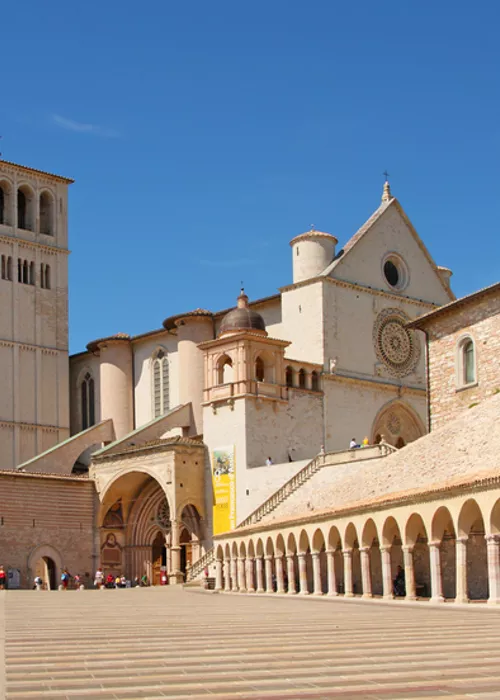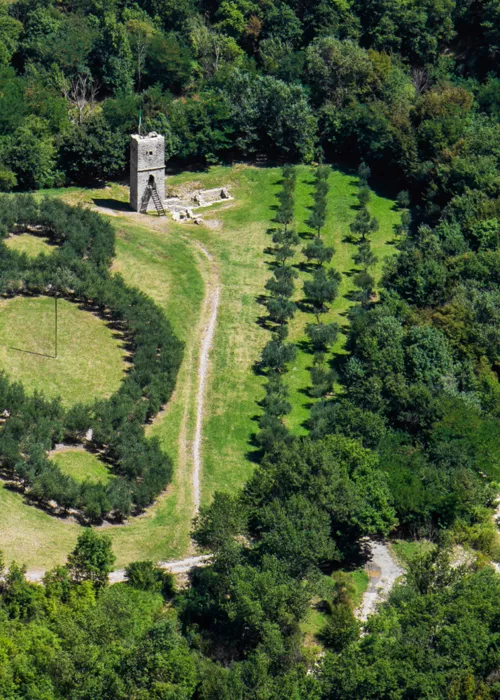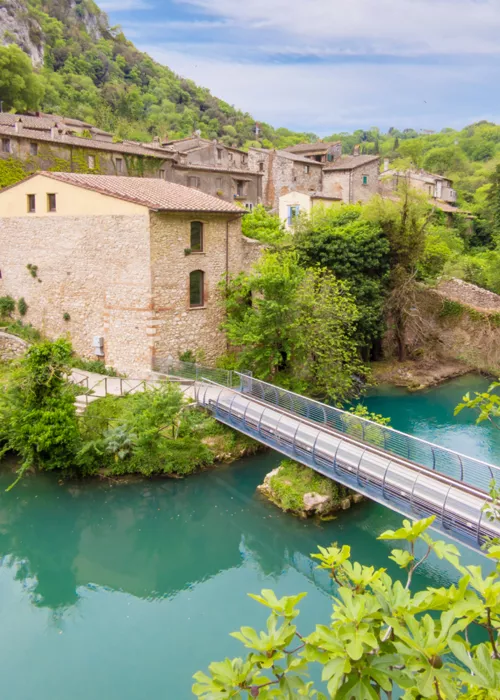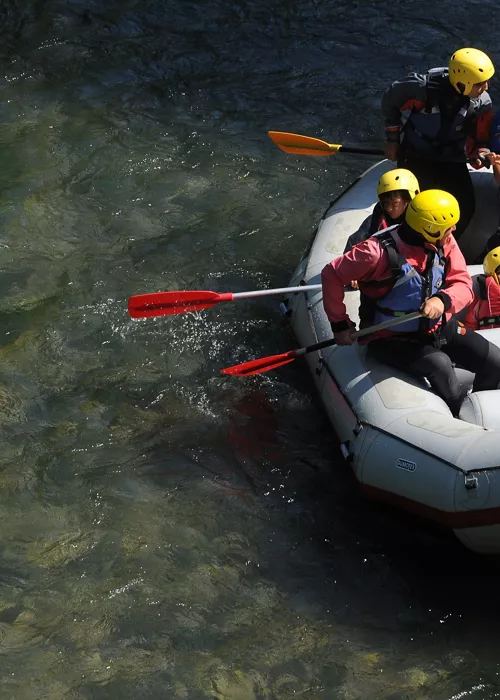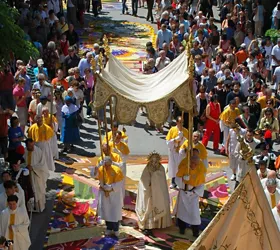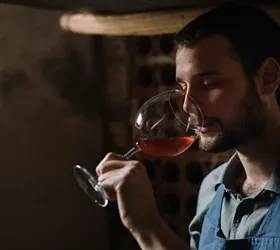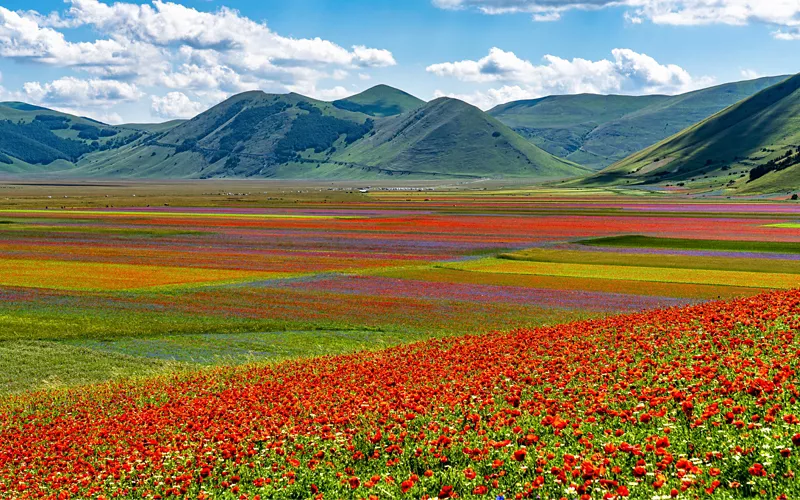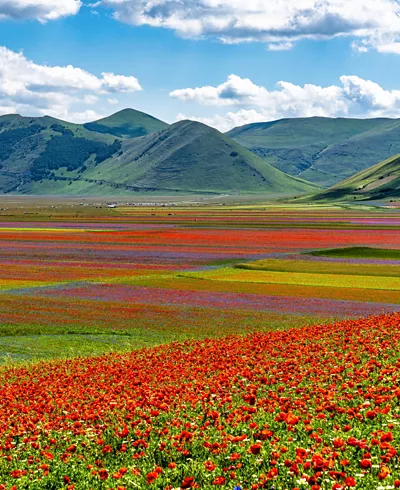In Umbria, cuisine speaks nature's language
3 minutes

Simple, precious, delicious, these are the dishes to be sampled in Umbria: delicacies linked to the land and the landscape, made in the farmer's way with the products of agriculture and the old tradition of animal breeding.
The extra virgin olive oil, highly digestible and of great nutritional value, dense and acutely fruity, chaperones you with its lightness and finesse, introducing you to territories and boroughs, each with a table setting that has much to tell. Starting with the flavours of the wine of the hills and plains with its dedicated routes (Strada dei vini del Cantico, Strada del Sagrantino, Strada del Vino Colli del Trasimeno, Strada dei vini Etrusco-Roma), following with charcuterie products based on the ancient art of norcineria ("pork butchery"), the dairy products of the mountain areas, lake fish, such as the ''tegamaccio'', a cross between a broth and a stew, and the 'regina in porchetta', the large Trasimeno carp stuffed with aromatic herbs and baked in a wood-burning oven, finishing with city sweets, such as ''bustrengolo'', ''rocciata'' and ''ciaramicola''. And again pasta, crostini, meat, stuffed wild meats, sauces and patés, in the wake of the aromatic black truffle of Norcia and Spoleto and the white truffle of the Eugubino-Gualdese. You can find something unique and original everywhere. Are you ready for the journey?
The 'big five' of the Valnerina: pork, lentils, black truffle, saffron and Nera trout
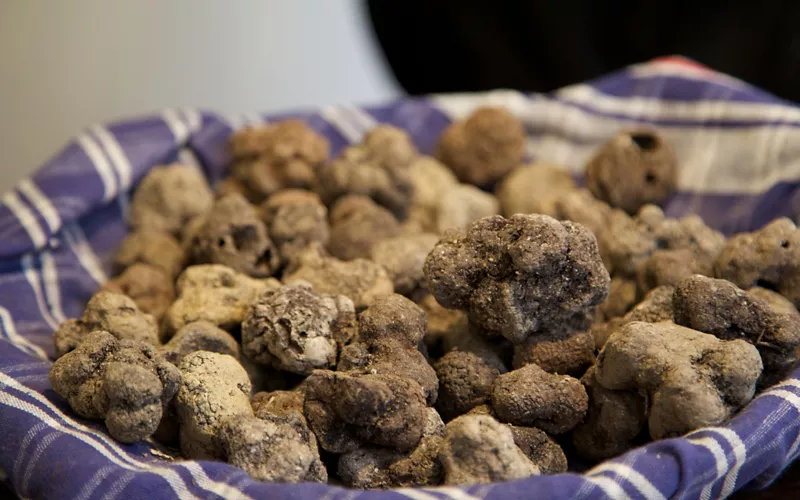
Come discover one of the tastiest corners of Umbria, between Norcia, Preci and Spoleto, with a world-famous tradition: "norcineria", understood as pork processing, which has been present in the territory since ancient times due to the oak woods and its acorns, their ideal food. Moreover, the dry climate encourages the perfect preservation of the meat. Try it for yourself and have a taste of the fiaschette del Prete (finely minced salami), the Norcia ham, the truffled wild boar salami, the ''coglioni di mulo'' (named after their shape, resembling a mule's testicles, with a spiced lard in the middle to be melted on hot bruschetta) and the ''ciauscolo'', a spreadable salami obtained by mincing shoulder, loin, ham, bacon and spices.
Before leaving, be sure not to miss the lentil soup from Castelluccio di Norcia, the beccacce alla norcina cooked on the skewer, with a taste of black truffle and one of pecorino cheese, fresh or seasoned. These are the ambassadors of the Valnerina along with the trout of the river Nera and the saffron of Cascia, which speaks of the gastronomic supremacy of the area.
In Preci, 20 kilometres from Norcia, it is the time to try capocollo, pancetta and coppa, not forgetting the spelt soup and the crostini alla ghiotta, while in Spoleto, about 43 kilometres away, the stop is for the renowned porchetta, and for "strozzapreti" or "strangozzi", coarse spaghetti stretched by hand one by one and aromatised with truffles.
It doesn't end here. Another salami to try is the corallina, made from selected parts of pork shoulder, trimmed of excess fat and tendons, with the addition of small hand-cut lardelli.
A glass of Colli Martani red wine or a sip of Trebbiano spoletino, true protagonists of the denomination of origin, will forever seal your gastronomic experience in this unforgettable corner of Umbria.
Traditional dishes
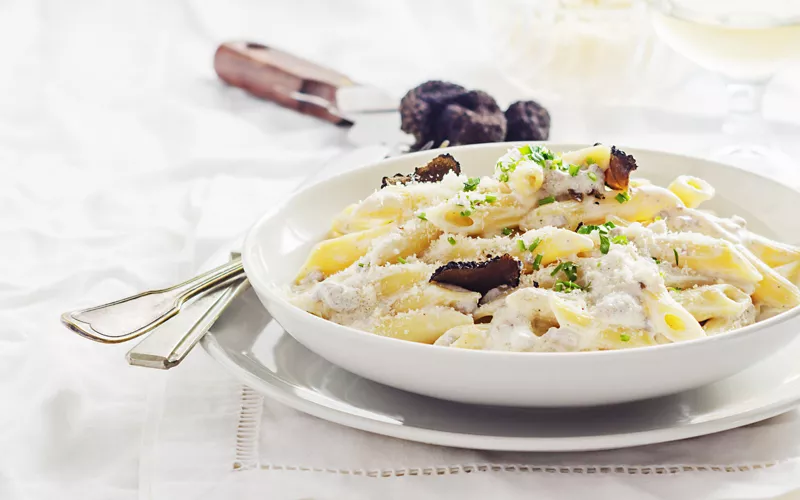
Traditional dishes: Pasta alla norcina
With this 'primo', be it with long or short pasta, you will rediscover the ancient taste of rustic Umbria, celebrating the skill of the 'norcini' (pork butchers). Spiced sausage, cream and a generous grating of black truffle are the basic ingredients of the dish, whose original version used fresh sheep's milk ricotta.
Typical dishes: Silent goose in porchetta
An excellent, tasty and nourishing second course is the muta goose or also duck ''in porchetta'', the preparation of which, despite its name sounding complicated, is relatively simple. As a matter of fact, the definition 'in porchetta' means that the aromatic herbs that are also found in porchetta, such as rosemary, sage and wild fennel, are used in its preparation. Also, in keeping with tradition, it is good to know that the dish should be cooked in a wood oven, but even a normal electric oven provides an intense flavour that is hard to forget.

